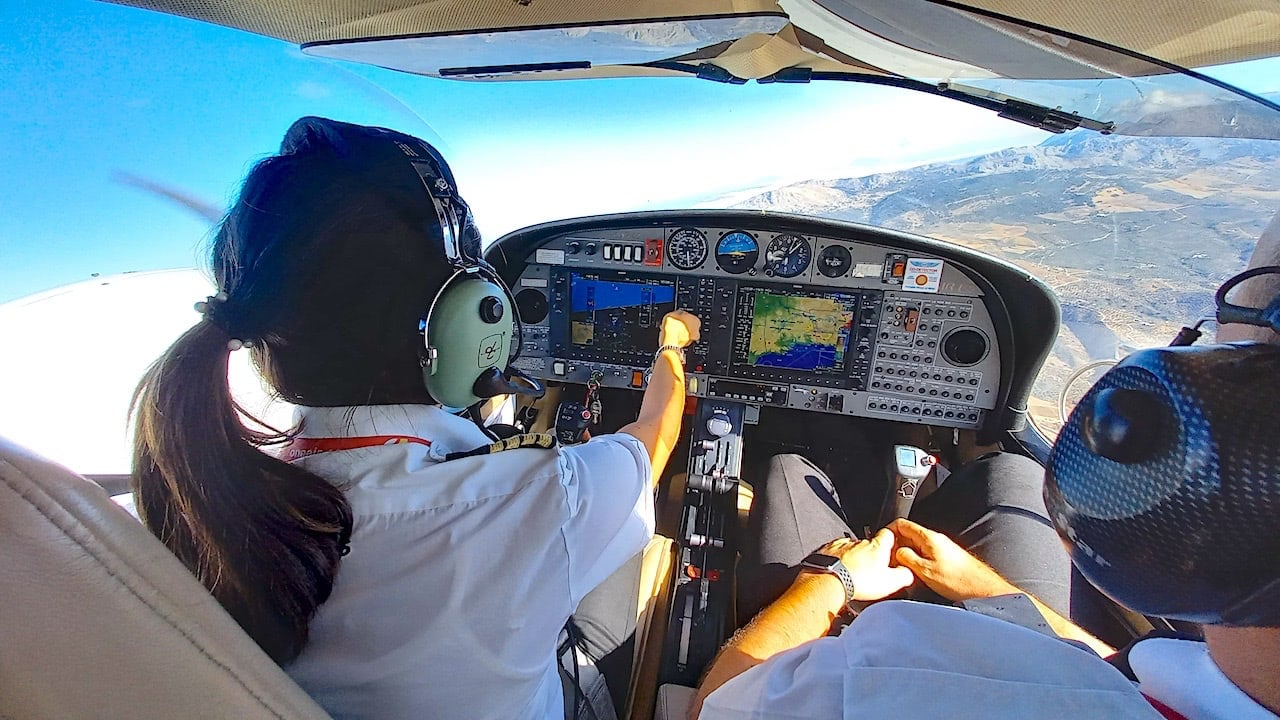Discussing the Pilot in Command (PIC) means acknowledging that there has to be someone in charge of an airplane’s safety and the well-being of those on board.
Indeed, the PIC is legally accountable for any incident occurring throughout the aircraft’s operation, even while it’s moving on the runway prior to departure and following its arrival.
So, what exactly does the Pilot in Command do, what tasks do they have to perform before, during, and after a flight, and what’s the process for determining the PIC? We’re here to explain it all.



